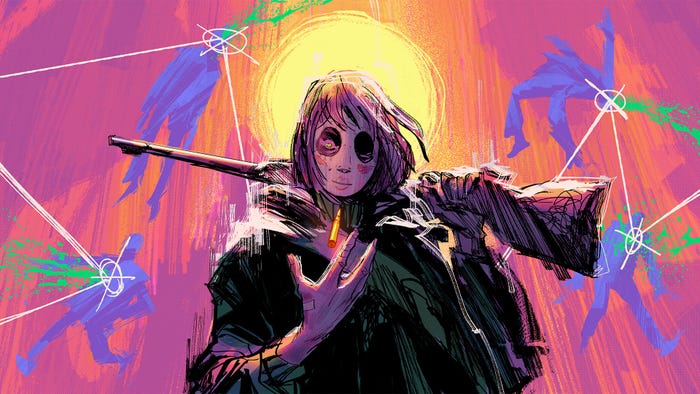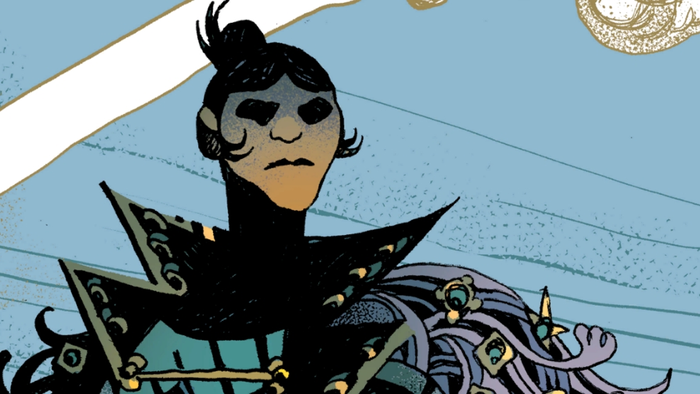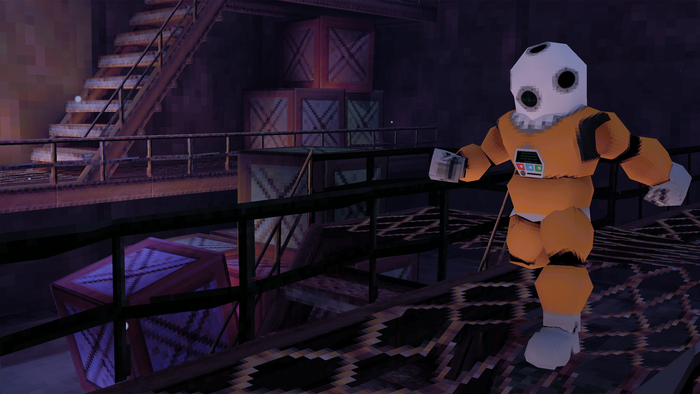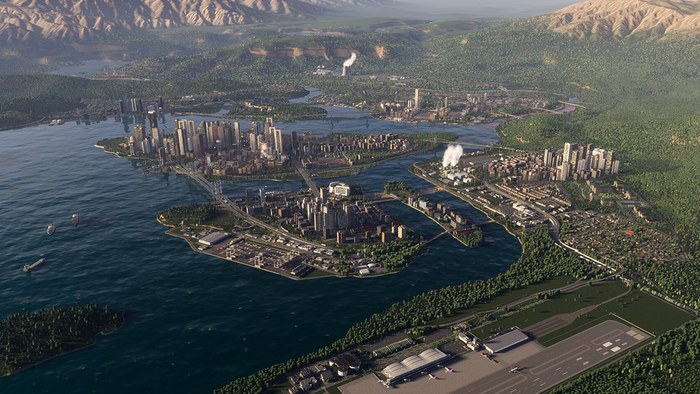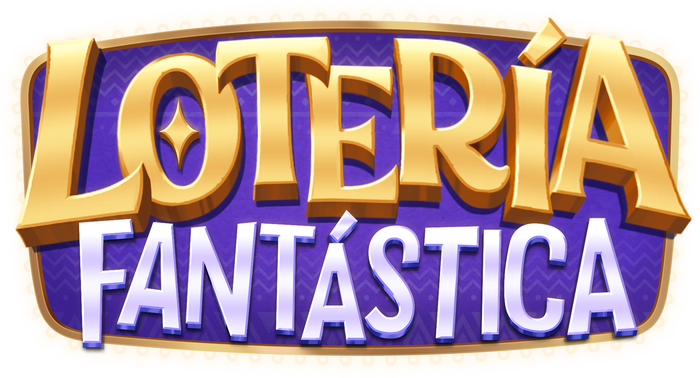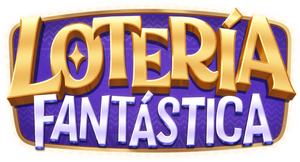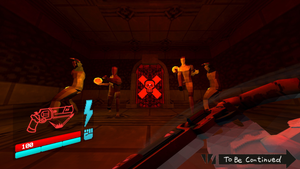We talk to Red Hook Studios, makers of Darkest Dungeon, about how to manage to successful Early Access game, and not saving your big guns for later.

Launching at the beginning of February, Darkest Dungeon was something of an oddity when it came to Early Access games, coming out the door feeling like a complete game, even if there was plenty left for Red Hook Studios to add before they considered it as such. The immediate effect of this was that players were overwhelmingly positive, with Darkest Dungeon garnering a lot of good will right out the gate.
That doesn't mean it was easy to pull off, though, and talking to Chris Bourassa and Tyler Sigman, Darkest Dungeon's Creative Director and Game Designer, respectively, it turns out they came pretty close to the wire, holding off releasing the Early Access until they were completely happy with it.
With Early Access being such a hot and controversial topic at the moment, I thought it would be worth finding out their thoughts on the process, as well as finding out what went right for Darkest Dungeon, and what could have gone wrong.

There’s a lot of conversation at the moment about the negative aspects of Early Access, but Darkest Dungeon has released in a state that is impressively complete. Was any part of the decision to hold off based on that negative perception, or was it just about holding off until it was as complete as it could be?
Tyler Sigman: Both. I mean, we committed to doing Early Access pretty early on, during the Kickstarter, and this is a good bit of advice for anyone doing Kickstarter, but once you’ve promised something in a tier, you should deliver, or you should at least do your absolute best. So we knew we wanted to do Early Access because we thought Early Access was really cool. We think it fits certain game types, not all, and we were excited about using it to kick the tires on some of the systems, where we need a broad player base to experiment with, things like that. But over the period since we Kickstarted to now, that’s when some of the backlash started happening, as it hadn’t started when we Kickstarted.
So we always wanted to deliver something solid, but the more and more backlash we were seeing towards Early Access, the more important it became to wait. You can really do yourself in by limping into Early Access. That’s just not something we could really afford to do. So there was a tension between waiting as long as you can, to make sure it’s good, but we still have personal runways, finances to juggle, things like that that are tough, so there’s always a pressure to release sooner, but that just wouldn’t have served the interests of the game, so we couldn’t do that.
In terms of that specifically, was it more difficult to wait? Were there any big sacrifices you had to make to delay like that?
Chris Bourassa: Well I mean, making a game like this with an independent team is a sacrifice in itself, because you work a lot, and there’s a lot of financial uncertainty, among other things. So when we decided to push our Early Access from October, which was a sort of speculative date, out to February, because we wanted to deliver something that was solid, fun and playable, it was a bit of a gut-check for everyone. We realised we were going to be right at the limits of what we would be able to accommodate, at that time, so it was an all-in move, financially.
Everyone has a different risk threshold, and I think everyone agreed that February was at the end of the threshold for everyone. So it was an all or nothing move, and we could have been a little bit safer, had a little more money in the bank, and thrown it up in October, but we agreed that it wouldn’t be as good a game, and we would never get a second chance to drop that bomb. It was better to take a little bit more of that risk, and hold out until we felt like we had a good release window, and a really good product.
You had a large amount of backers from your Kickstarter campaign. Did you see them as a ready-made group of people to create a conversation about the game when you launched as Early Access? Were you planning on them as part of the game’s marketing?
TS: It’s definitely helpful, but our marketing strategy wasn’t focused on that, as those things are out of your control at that point. Having an audience on day one is incredibly helpful, it helped us with the Kickstarter, because we did our game announce months before the Kickstarter, and we’d built a small mailing list before, so when we launched the Kickstarter we had a group of people to tell ‘hey, it’s out!’. And that was true on the Early Access release, and we did a backer weekend a little before, because we did want them to get it a little bit early, it’s just about when it’s feasible.
If we’d given it to them months early, they would have got something they didn’t like. The bottom line is that at any point we don’t want to give people something too soon, as much as people ask for it. There’s lots of people who say they want the earliest alpha possible, and we just felt that on this game, no, actually, you don’t. You think you do but it would be bad for all of us.
CB: There’s also the thing that I don’t think gets a lot of commentary, and that’s that sometimes when you release something early, you get a lot of feedback that you already know that you need to address, so you’re not actually leveraging the Early Access community in a way that makes the most of their playtime. They’re reporting on UI glitches, or wild imbalances, and we may already be aware of that stuff, it’s not new information, we’ve already got it on a list. It’s more effective to release something that’s a little bit further along, like we did, because you get more insightful and interesting feedback, that confirms or denies hypothesis that we might have, or something we haven’t even considered. That’s much more valuable to us as developers.

There’s a lot of talk with regards to Early Access as to what exactly constitutes a ‘minimum viable product’. What are your thoughts to that specifically? I’m sure it’s different for every game, but what are the considerations when you’re evaluating when it’s responsible to release your game on Early Access?
CB: I think that the core of the game needs to shine through. If you’re making a game about dungeon crawling and the emotional toll and stress related to that, that has to be in your Early Access build. You can’t ship half of that and then expect people to wait around for the rest of your promise. I think the premise of your game needs to be fully encapsulated and realised. Maybe not fleshed out, but it has to be there.
TS: I would say it’s important, and it is very game specific, but you should really know. You should know your game better than anyone at that point, in terms of development, and that’s where I would say discipline during the production of the game is really important. It’s definitely one of those things that’s easier said than done, but the point is that when we realised, like Chris said, that if we go beyond February there’s danger to the team, maybe not everyone can keep going, so what you have to do is realise that we’ve only got four more months, so what are we going to work on? Because game development is really tough, and you can get down a lot of rabbit holes, and maybe do the easy work instead of the hard work, because X feature is really well defined, whereas this core feature we still need to figure out, so let’s just do the easy one. And then suddenly you’ve run out of time.
So I think it’s really really critical to say: There’s a hundred things we need to do and we can do twenty five, so which twenty five do we have to do? That’s always been a battle throughout development of pretty much every game I’ve ever worked on. I think we’ve managed to keep a really good hold of that on this game, and it’s worked out, but it’s always a battle. To make sure you’re staying on point, and not delaying too much on doing some of that secret stuff, the secret sauce that gives the game a unique flavour, because that’s how you get yourself into trouble, because what’s happened to a lot of Early Access games, as everyone knows, is that sometimes they don’t sell as much as they expected, and suddenly that plan that they had before for all the other features they were planning to get in for 1.0, suddenly they don’t have the runway to do it. You have to start with the most critical stuff and make sure the other stuff is the optional, it’s a wishlist.
Now that you’ve launched, do you have a specific timetable in regards to how you want the Early Access to proceed and progress? I know there have been other games where they’ve been working on a lot of the backend unseen things, and there haven’t been big content updates, and the community has soured to that. Now that you’re developing in public, are you taking into consideration player expectations of progress being visible and noticeable?
TS: There’s the stuff that’s out of sight and very important, and the stuff that is visible, and we’ve definitely talked about making sure there’s a mix. Communicating with people about what you’re doing and going to do is very important too, and right now we’ve basically been in support mode since launch, and it’s been beyond our expectations how popular the game has been. But we’ve actually done a few gameplay tweaks. Chris and I have been planning the roadmap and there’s definitely lots of exciting stuff coming.
Steam actually doesn’t want you promising exacts now, which is interesting, so they don’t want you saying ‘For sure it’s coming out on this date’, or ‘For sure we’re releasing this feature’, so it’s kind of a balancing act because you want to let people know what’s coming without violating that agreement, but the main reason they’re saying that is because they don’t want you selling your game on promises, so we’ve been very careful about the language. It’s the same actually from Kickstarter, so we’ve had some practice, but that doesn’t necessarily mean we’re always right. I think it’s important to talk about what you’d like to do, rather than what you’re 100% going to do. That’s where you get into trouble. So we’ve been talking about the things we’re going to add, like the new dungeons, and things like that.
CB: And we’re meting it out so that it’s going to be an entertaining six months for people, so that the game can go away for a couple of weeks and then come back with something interesting, so it stays present for people, and so that the necessary backend stuff that isn’t flashy is mixed in with a steady stream of fun features and content. It’s definitely interesting to plan for that stuff.
TS: We want to do it as an event each time, too. What served us well in this game so far is the theme and the immersion, so we don’t want to lose that, so even in Early Access I think there’s space for patch 38 which improves stability, and then there’s time for ‘Get ready, here come the fish people!’. So we plan on making some of the bigger updates interesting events for people, because it is a chance for the people who played on first release and then set it down for a month or two to come back and play, and stream.
We don’t want to lose the fun factor that comes from not everything being a bullet point on an update list. Some things are actually cool, like when you had bought a shiny new box that contains an expansion. In this case it’s not buying, because you’ve already bought it, but that experience of unboxing things is really awesome for gaming, and we don’t want to lose that.

In your case you’ve earned a lot of good will on the part of the players because what you’ve given them feels a lot like a final product. What’s interesting to me about that is that with a lot of Early Access titles it feels like the EA launch is more of a big deal than the actual launch of the release client, as the difference between the two isn’t huge. Is this a bad thing for you? Or is it just the way things are going?
CB: I think it can go that way, and I think for us we wanted to make sure that launch day is an event for everyone who’s been with us from Kickstarter and Early Access. So that’s why we’re holding back the ‘Darkest’ dungeon, which will have a chunk of content in it, and is necessary to complete the game. So like Tyler said, if you’ve been touching base with the game throughout Early Access, you’ll want to fire it up again on launch day. So hopefully that will generate even more word of mouth, and maybe generate some streamer attachment again, as they close in on the end-game, but they won’t be able to do that until launch day. So it should be a special time for everyone who’s been involved in that communal quality, as it bleeds out and hopefully generates some more sales at that time.
TS: And we’re purposefully not revealing almost anything about the ‘Darkest’ dungeon until that date. That’s pretty much the last bullet in the chamber, marketing wise. And it’s not just for marketing….
CB: It’s also for fun! It’ll be really cool to have that kept a secret. It’s the name of the game, and finally when we do show 1.0, I think it’ll be really really fun for people to load up the game and say ‘Ok, here we go, this is the Deathstar trench now.’
TS: But what you said about the full release being a smaller thing, I think it’s definitely part of the reality now. Chris and I said before our Early Access launch, that you essentially have to live for today, right? We channelled everything we had into the launch, our streamer event, some ad buys, some other things. I think it’s ok that if you have a successful Early Access launch, it’s ok if your full release launch isn’t as big. Obviously you want it to be, but you have to tend to the things in front of you.
It’s a natural occurrence that taking the full effect and dividing it into two is going to reduce the effect of one or both. On the other hand maybe the fact that there’s already conversation about the game means people talk more about 1.0. But if we had to choose, we’d rather have a successful Early Access launch, even if that means robbing some of the thunder from the 1.0. I think that’s just the nature of the game.
CB: Yeah, indie development is a lot like surviving in zombie apocalypse sometimes. If you’re cornered in an alley, you just shoot. You worry about how you’re going to scramble over the chainlink fence later. We’ve just tried to do that. We were right to the line, like we talked about, financially and logistically, and we just went hell to the leather and hope we can land. We’re going to try and keep things interesting and push the 1.0 launch when it comes, but right now this is what we need to do.
TS: If you’re going to starve today you don’t save the candy bar for tomorrow’s meal.
What advice would you give other Early Access developers to make sure that their community is happy and on-side?
TS: With everything going on right now, with various Early Access games stopping development, and Molyneux, every situation is different and I don’t want to specifically criticise any of those situations. We just know how hard it is. It’s always going to take longer and cost more than you think. That’s the bottom line. That was true for us too. You need to be somewhat realistic regarding whether you can get there. What Steam is trying to curb is people using Early Access solely as the next meal. But there’s obviously a reality that sometimes it is. If you think you’re going to barely limp in you have to add contingency on top of that, because it will take longer than you think.
CB: I think knowing your game is really important, as Tyler said earlier. I think knowing what your game is really really about, and what you need to do to get that across, is of the utmost importance. There are always going to be the ‘nice to haves’, but you have to expect that they’re either going to fall by the wayside or you’re not going to have time to do them. So being able to really articulate what makes the core of your game and having time to create something that reflects that is crucial.
Read more about:
2015About the Author(s)
You May Also Like


